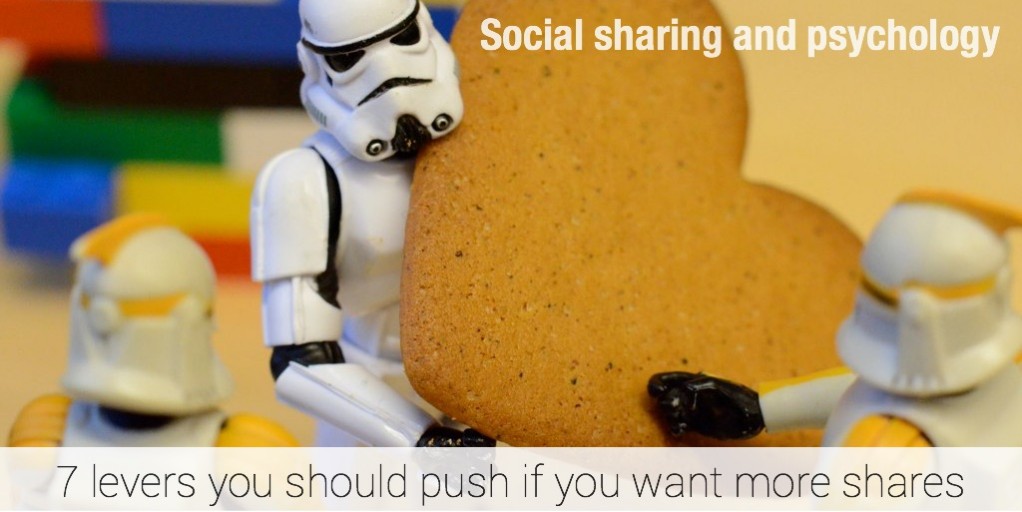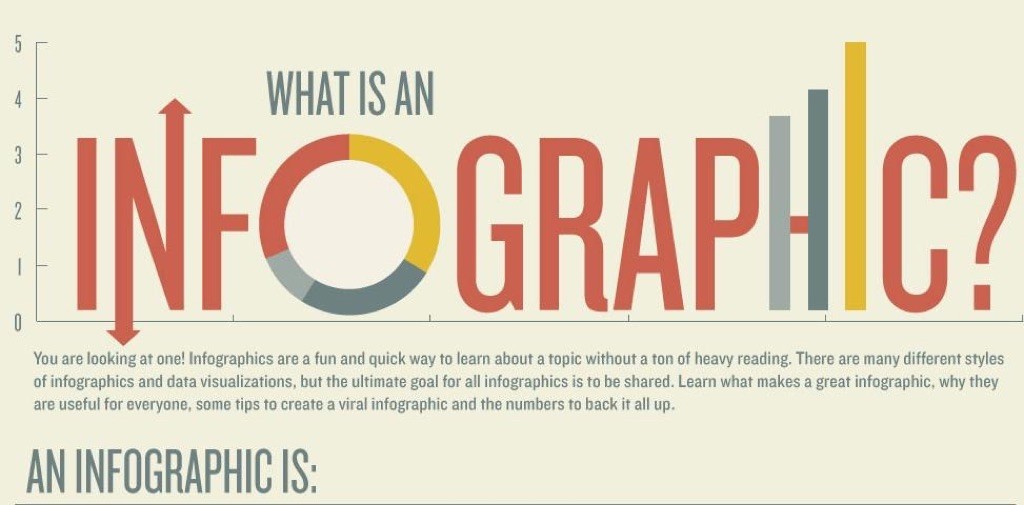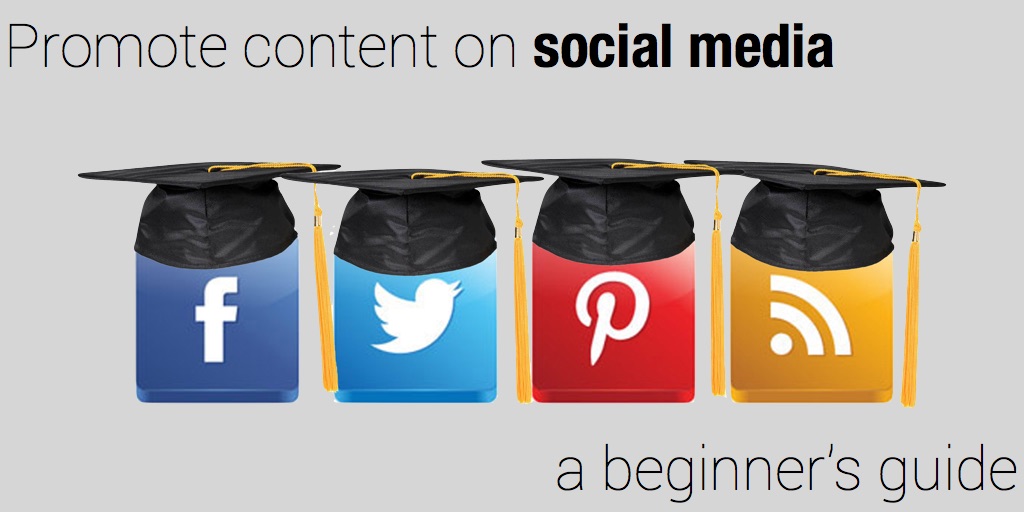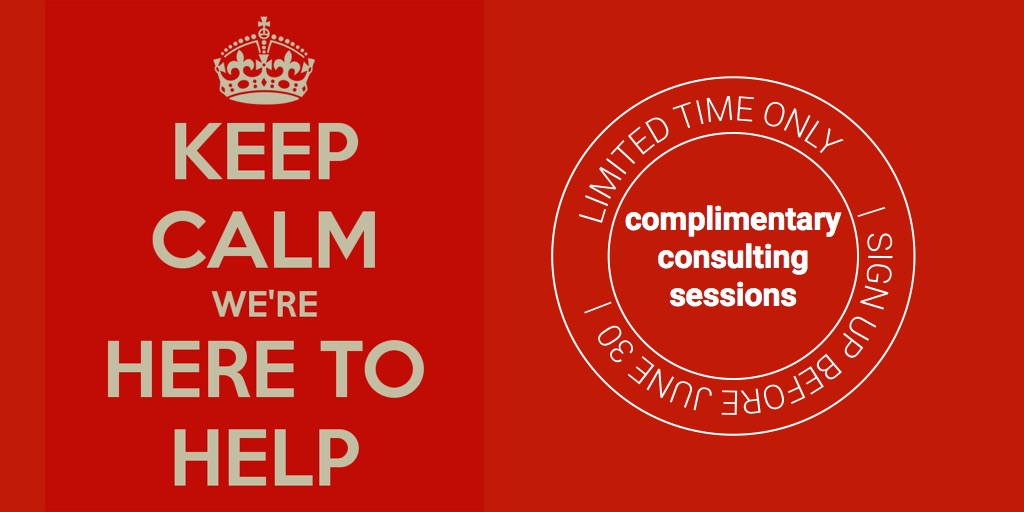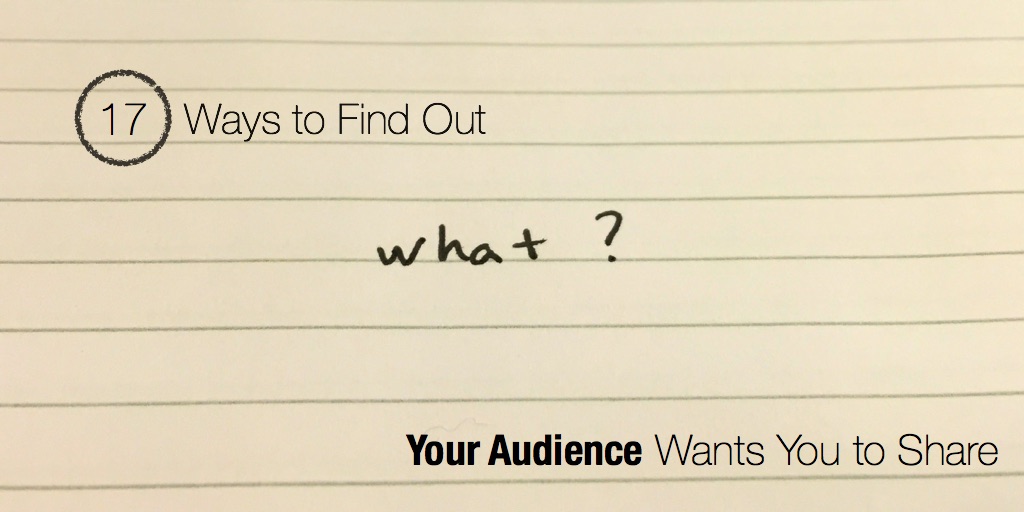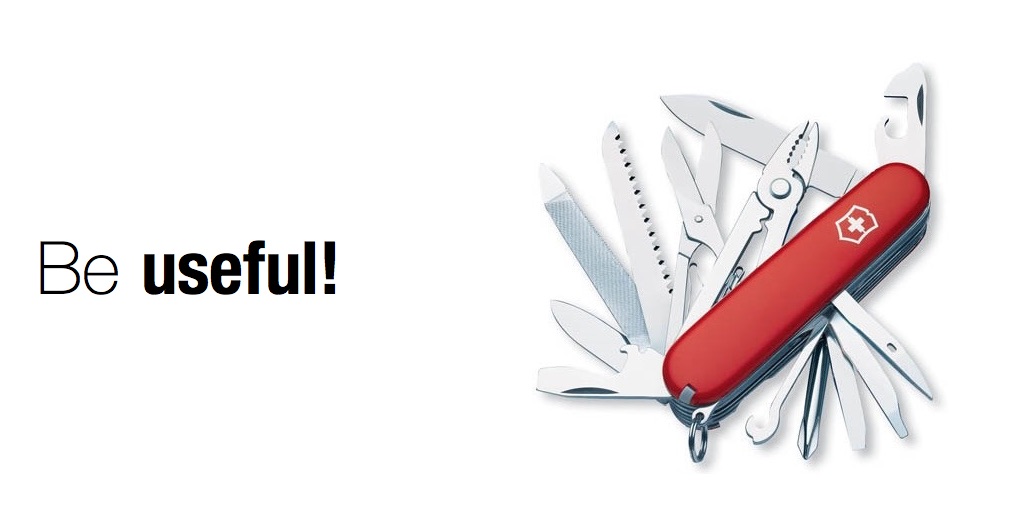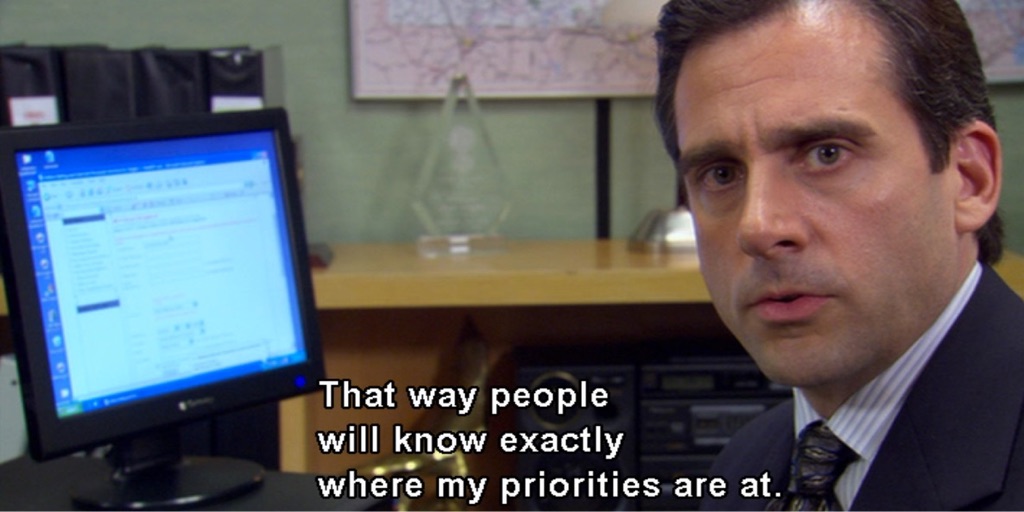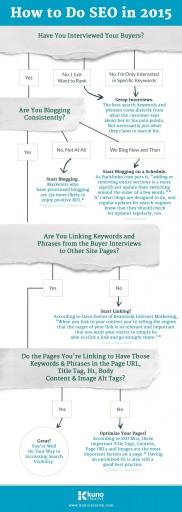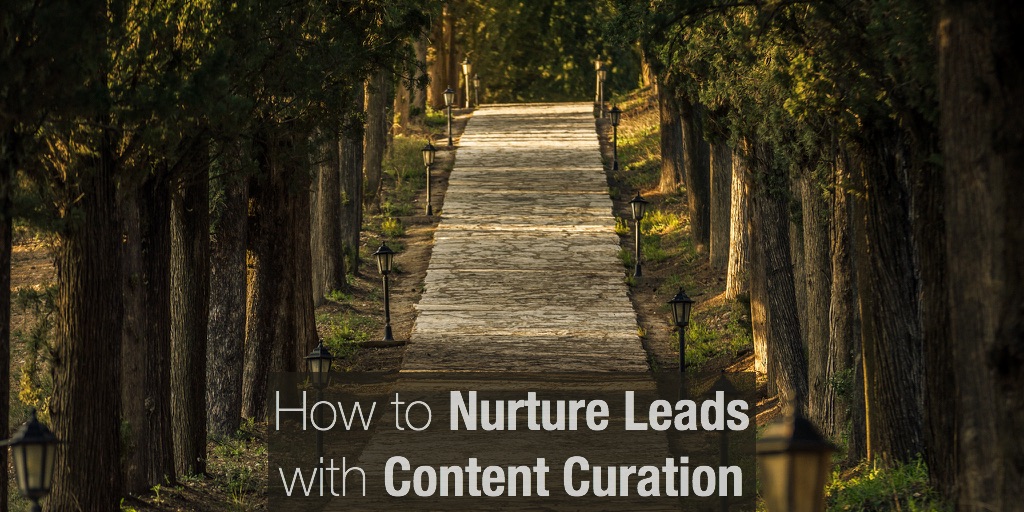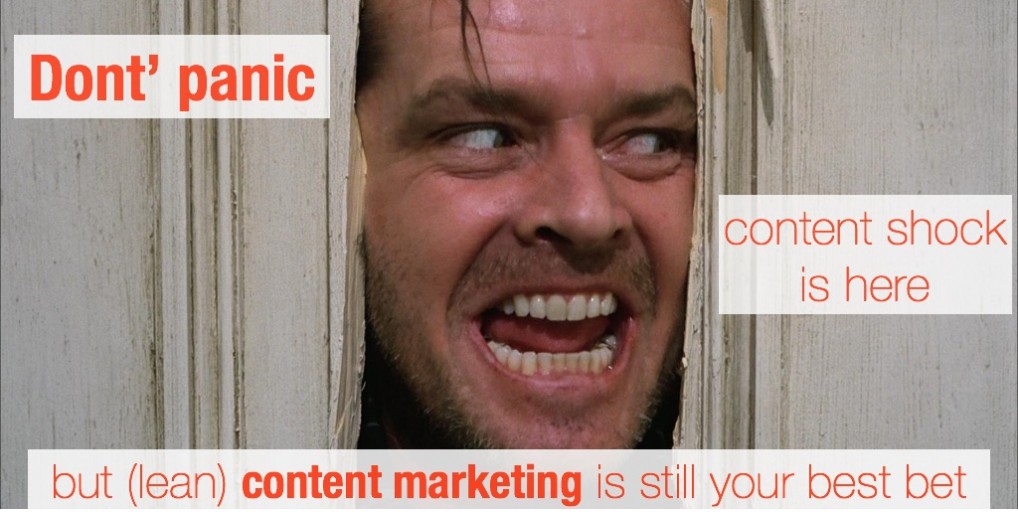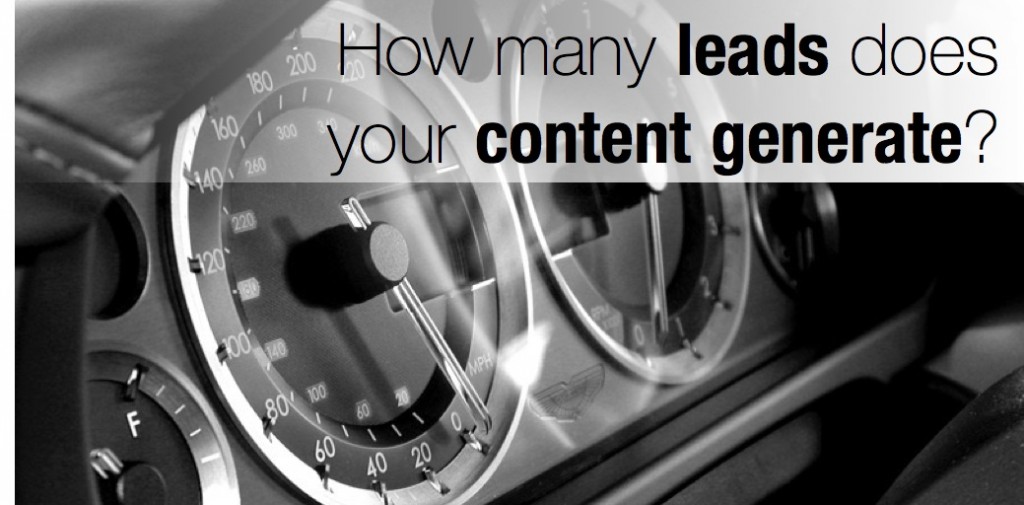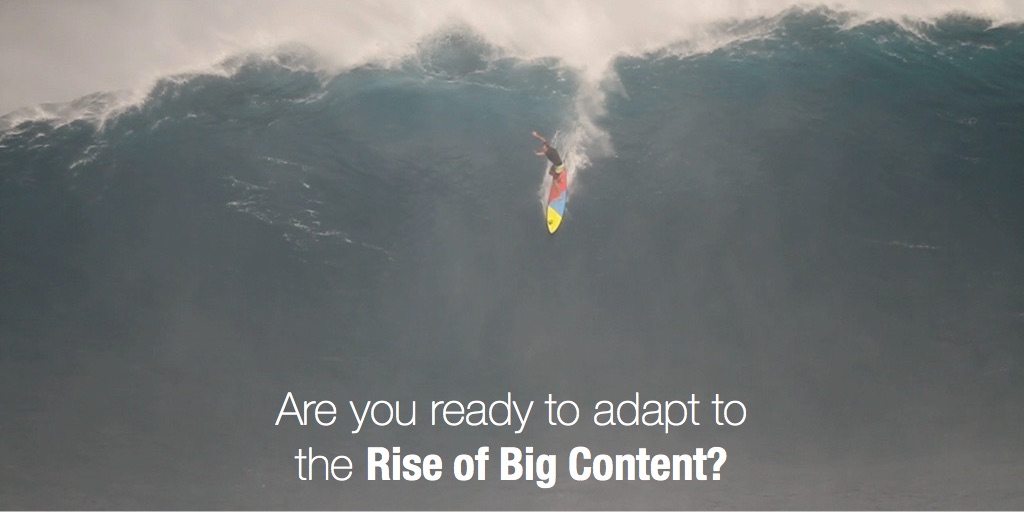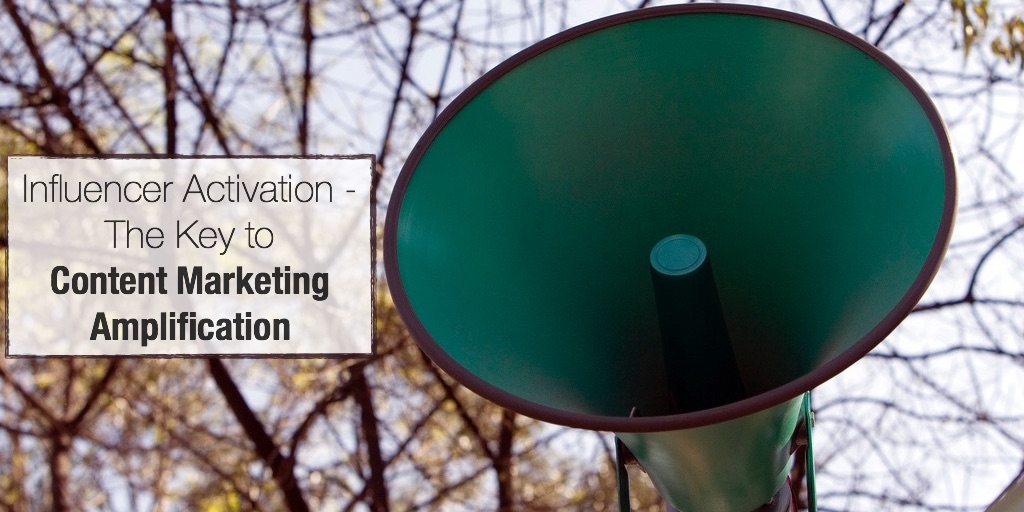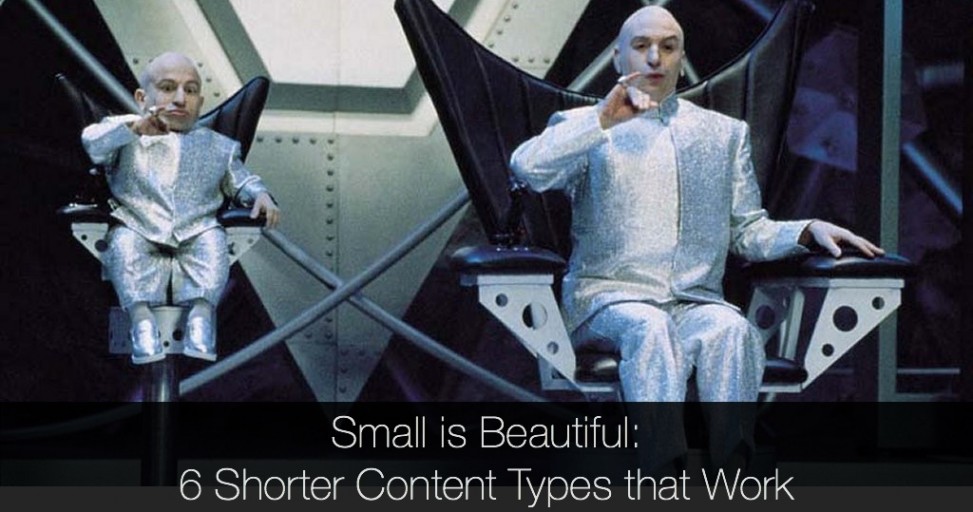Scoop.it ranks best content marketing software app by GetApp
We’re proud to be ranked best content marketing software app in GetApp’s Q2 2015 GetRank of the top 25 content marketing solutions.
GetApp is the largest cloud-based business apps marketplace. In the four different categories evaluated, Infusionsoft took the top spot in Marketing Automation, Mailchimp in Email Marketing, Scoop.it in Content Marketing and Hootsuite in Social Media Marketing.
The goal of the ranking is to provide valuable data to businesses looking to make a first assessment when looking for the best content marketing software. GetApp’s ranking was determined using data collected from GetApp and other third-party sources. Factors used to calculate an app’s ranking include User Generated Reviews, Integrations, Mobile Platforms, Media Presence, and Security. The ranking will be updated every quarter to reflect newly available data.
Read More
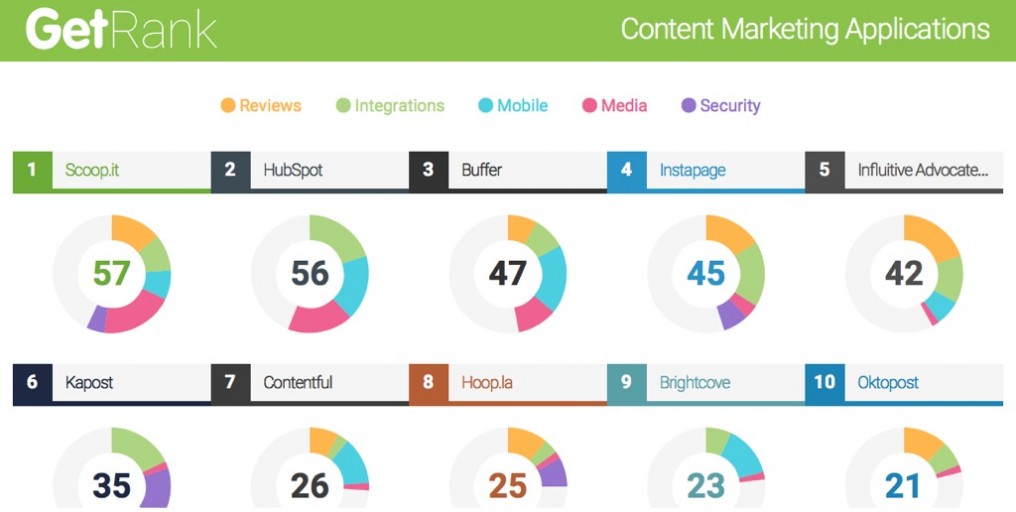
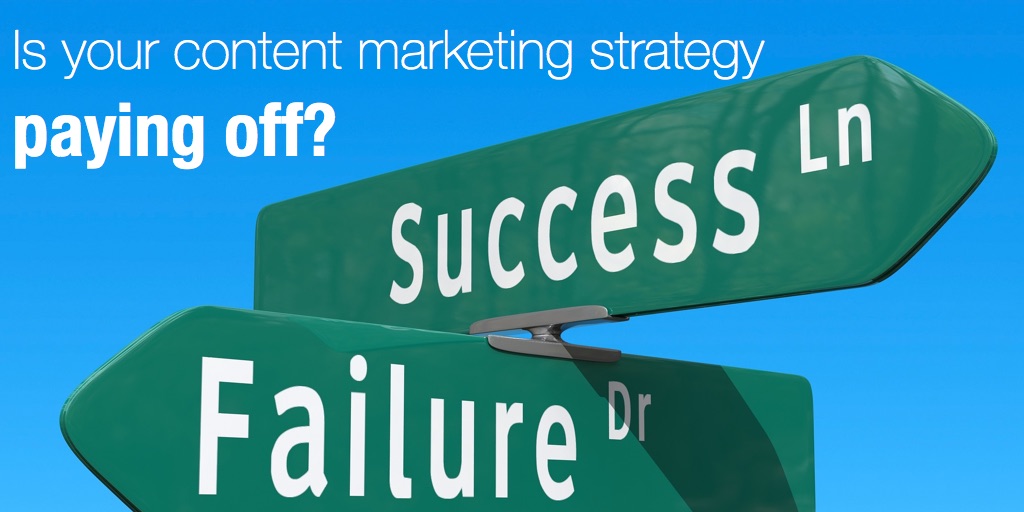
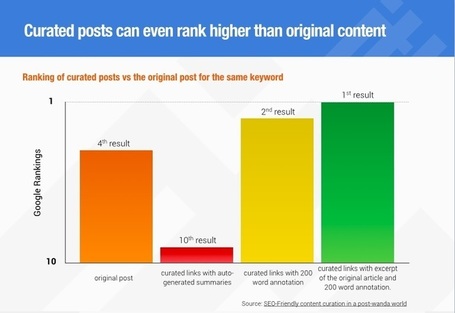

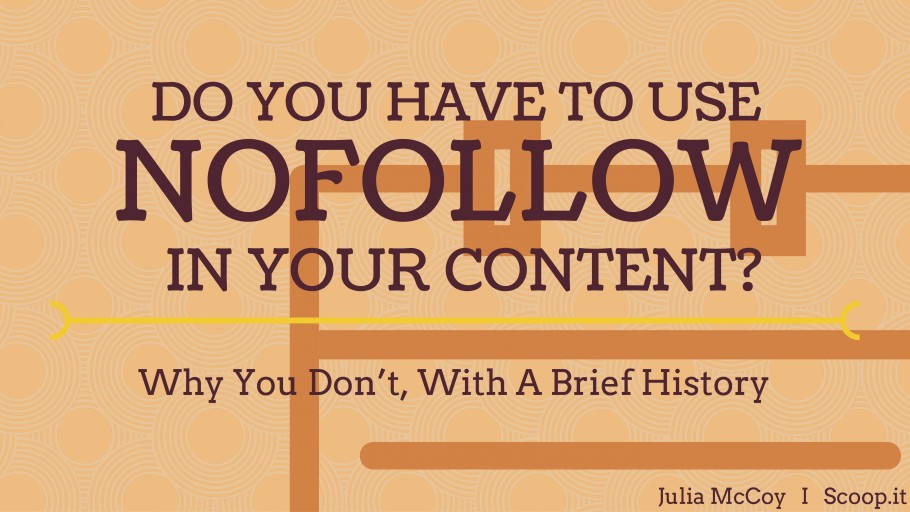
![Why No One is Sharing Your Content [and 3 Strategies to Fix It]](https://blog.scoop.it/wp-content/uploads/2015/06/Why-No-One-is-Sharing-Your-Content-and-3-Strategies-to-Fix-It.jpg)

